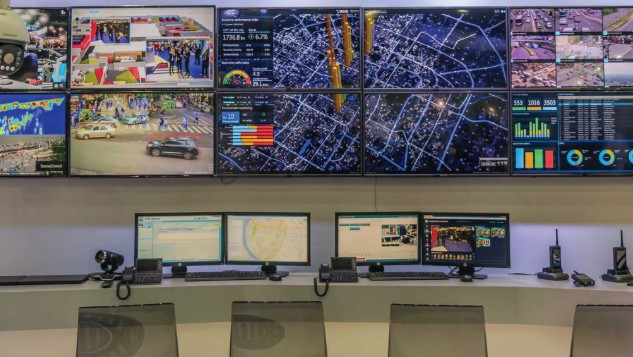Smart cities are no longer a futuristic concept—they are rapidly becoming today’s reality. From intelligent transportation networks to sustainable energy solutions, technology drives efficiency and improves quality of life. Among these innovations, audiovisual systems in smart cities stand out as essential tools. They connect citizens, improve communication, and create engaging experiences in public spaces. This article explores their role, key applications, and future impact.

Clear and effective communication is vital in modern urban environments. Audiovisual systems in smart cities deliver real-time information through digital signage, LED video walls, and public announcement systems.
By improving how information is shared, audiovisual systems in smart cities make communication faster, clearer, and more reliable.
One of the most visible applications of AV technology is digital signage. Large LED billboards, transparent screens, and interactive displays are widely used to:
As a result, businesses gain a powerful communication channel, while citizens benefit from a more engaging urban environment.
Efficient mobility is a cornerstone of smart city development. Audiovisual systems play a key role in:
When integrated with IoT and AI, these audiovisual systems in smart cities optimize traffic flow, reduce congestion, and improve commuting experiences for millions of people.
Beyond functionality, AV systems also transform public spaces into immersive cultural and entertainment hubs.
In addition, these immersive experiences strengthen community pride and make smart cities attractive destinations for residents and visitors alike.
Sustainability is at the heart of every smart city initiative. Audiovisual systems support these goals by:
Therefore, audiovisual systems in smart cities not only improve communication but also contribute to long-term environmental responsibility.
Audiovisual systems in smart cities are more than just screens and speakers. They drive connectivity, engagement, mobility, and sustainability, making urban areas smarter and more inclusive. From improving daily communication to creating immersive cultural experiences, their role is expanding with each new technological advance.
Ultimately, audiovisual systems in smart cities will remain central to shaping safer, more efficient, and more connected urban environments for the future.